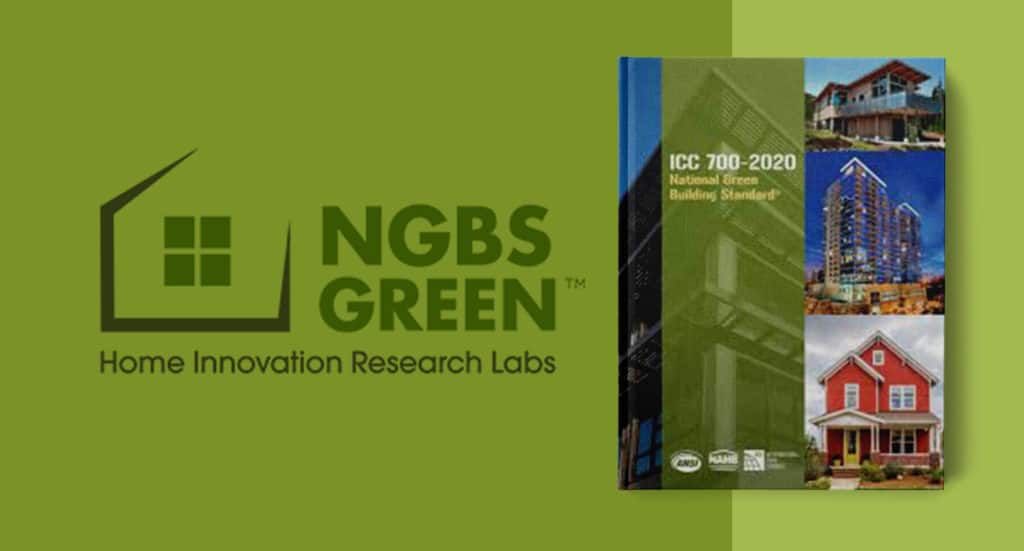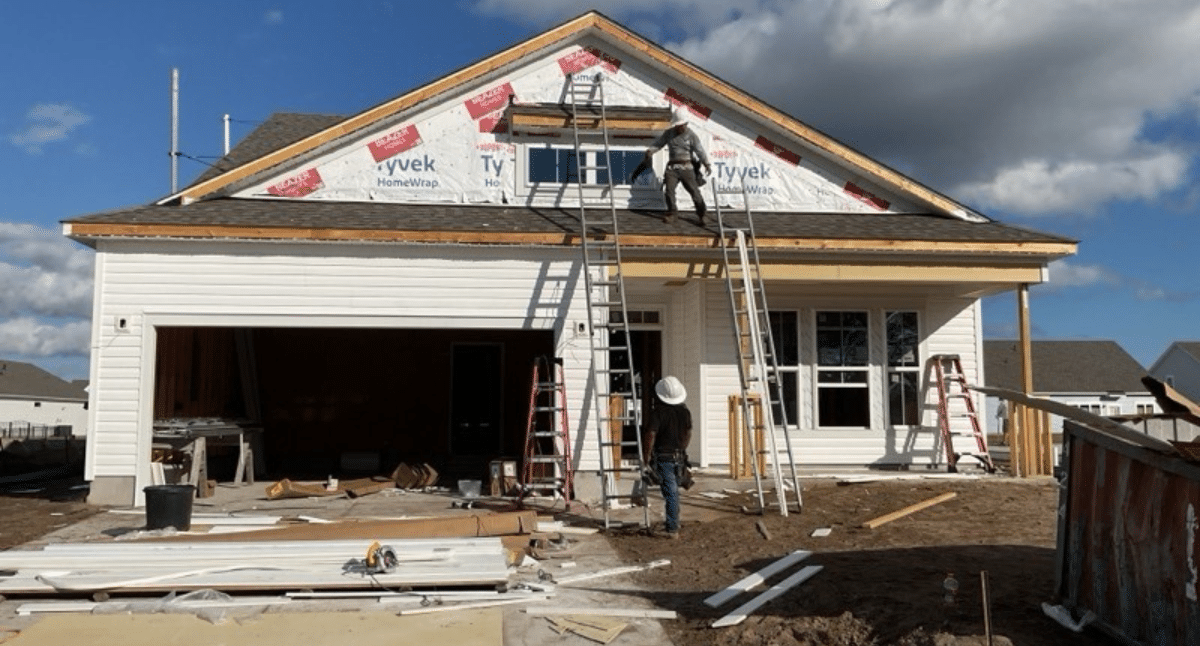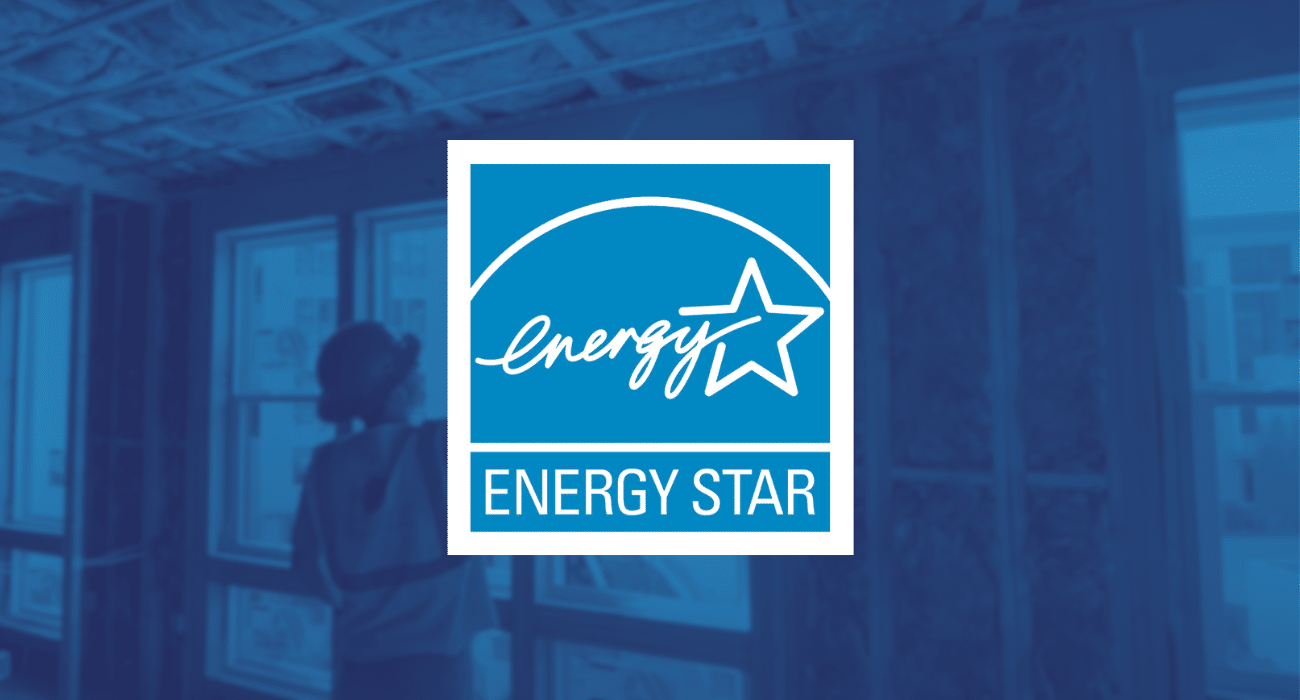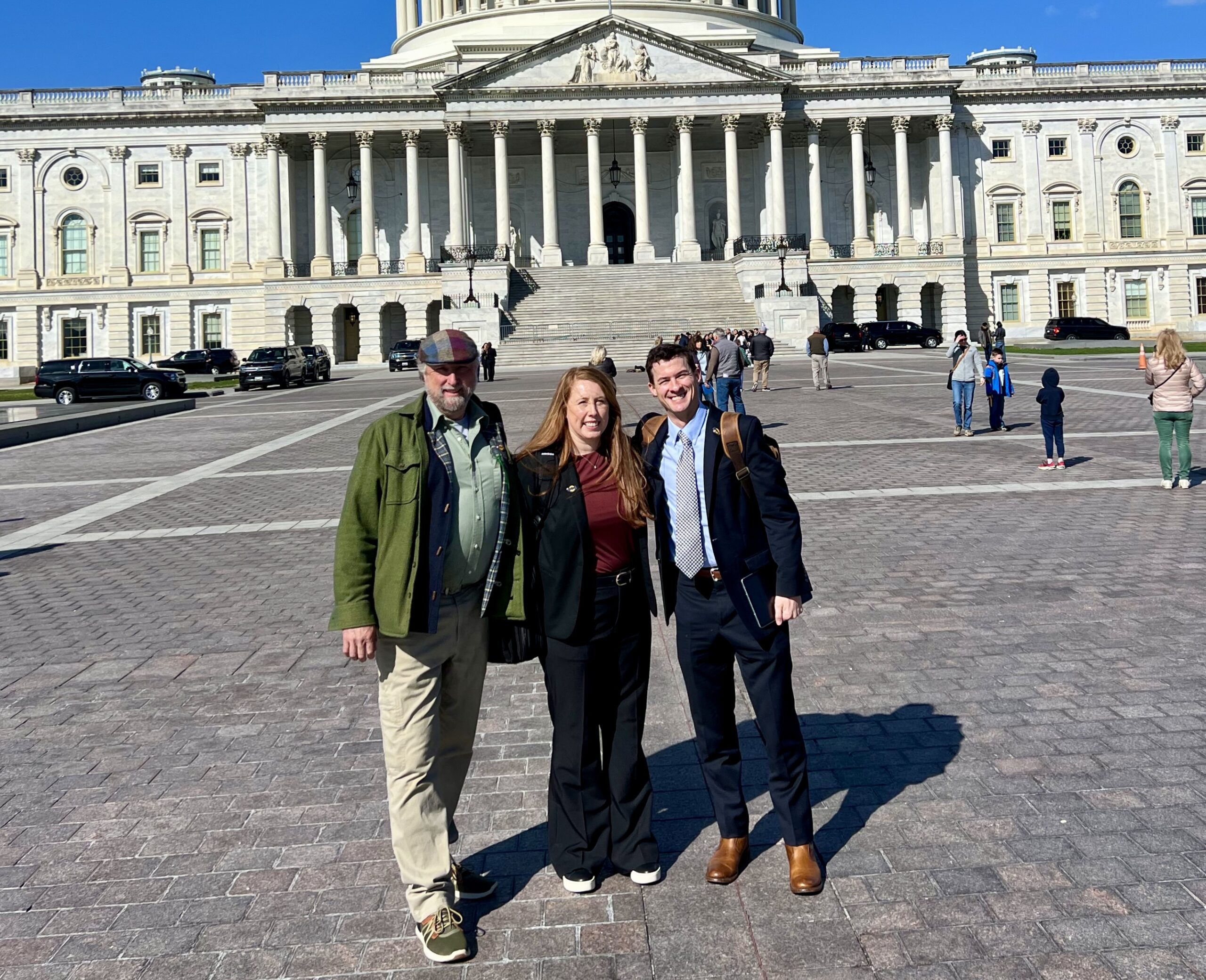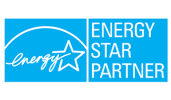- Rachel Della Valle
- June 9, 2020
- 9 Minute Read
We are excited to join sustainability advocates across the country and Home Innovation Research Labs in announcing the 2020 edition of the ICC-700 National Green Building Standard® (NGBS) has been approved by the American National Standards Institute (ANSI). NGBS provides a roadmap for residential professionals to integrate green practices and features appropriate for their building type, local housing markets, and project goals. As of May 2020, more than 220,000 homes and dwelling units in the U.S. have been NGBS Green certified by Home Innovation Research Labs.
The 2020 update is the fourth edition of the standard, which reflects significant changes based on evolving market conditions, updated building codes, and feedback received over the past decade from those using NGBS. This includes updating the NGBS baselines to the 2018 IRC, 2018 IBC and 2018 IECC.
- Mixed-Use Building Eligibility Expanded
- Water Efficiency Pathway Option Added
- Renovation Pathway Updated
- Single Family, Townhome, and Duplex Pathway Added
- NGBS Certification Fee Updates
- Chapter 5: Lot Design & Development
- Chapter 6: Resource Efficiency
- Chapter 7: Energy Efficiency
- Chapter 8: Water Efficiency
- Chapter 9: Indoor Environmental Quality
- Chapter 10: Operations and Maintenance
- Chapter 13: Commercial Spaces
Our Involvement with NGBS
Southern Energy Management has been involved with NGBS since the inception of the 2008 edition. Even before then, we took part in helping to establish the standard, program processes, and green building scorecard. We continue to stand behind NGBS, advocate for it’s adoption, and help shape the program by having a team member sit on the NGBS Green Advisory Group. Day to day, SEM has fifteen NGBS Green Verifiers and two Master Green Verifiers who are reviewing plans, running energy models, reviewing documentation, and performing on site inspections.
In the 2020 development process, we were also involved by having a team member sit on the Multifamily Task Group. We are proud to be a leader in the NGBS community, with one of the first ten people in the country to have earned the 2020 NGBS Green Verifier Accreditation on our team!
Download a free copy of the 2020 NGBS and follow along with us as we share the highlights of the new standard.
What Hasn’t Changed
Overall the point thresholds for certification did not change. Projects are still required to meet all of the mandatory requirements and achieve the minimum point thresholds for each chapter in order to get certified. Chapters include site, resources, energy, water, indoor air quality, and operations.

Billboard Worthy Changes
Mixed-Use Building Eligibility Expanded
In prior versions of NGBS, we could certify mixed-use buildings but only the multifamily portions of those buildings. The 2020 standard expands the NGBS scope to include mixed-use buildings and residentially used buildings with a more extensive definition which includes commercial spaces.
Mixed-use buildings where the residential portion is >50% of the gross floor area are now eligible for NGBS certification of the entire building. Buildings that fall under Group R and I-1 occupancies in the IBC are now also eligible for NGBS certification. These buildings include: assisted living facilities, boarding or group homes, hotels or motels, dorms, and monasteries. Hotels were previously included but now with a new definition of ‘sleeping unit’ there is more opportunity for eligibility. A sleeping unit is defined as a room or space in which people sleep that can include provisions for living, eating and either sanitation or kitchen but not both.
Water Efficiency Pathway Option Added
A performance pathway was added as an option in the water efficiency chapter utilizing the Water Rating Index (WRI). The WRI is similar to the HERS Index or ERI for energy efficiency with a score of 0-100 based on expected water use — the lower the better! The WRI calculator will be integrated into the NGBS scoring tools and takes into account indoor and outdoor water use, as well as water capture for reuse. New construction single family and multifamily projects can take advantage of this option which can provide flexibility for project teams.
Renovation Pathway Updated
The renovation pathway underwent an overhaul. Prescriptive options for energy and water compliance were added while both performance pathways remain. Buildings must be occupied for five years before they can qualify as a renovation, however, a three year look back for remodel activities is now acceptable. In an effort to offer a phased certification option, credits in place before renovation and that remain after renovation qualify.
Single Family, Townhome, and Duplex Pathway Added
A certified pathway was added for single family homes, townhomes, and duplexes. All practices are mandatory and homes achieve a ‘certified’ designation. This single level of certification is new and available in lieu of the tiered certification levels (Bronze, Silver, Gold, and Emerald). The baseline code is the 2018 IECC and most of the NGBS program’s mandatory items are included without exemptions. If you are a production builder or have a large development, this can streamline the certification process for your team.
NGBS Certification Fee Updates
Program Certification Fees were updated in February of this year by Home Innovation Research Labs. While pricing did not change significantly, it now accounts for the commercial space and single family certified pathway options.
Playbill Level Changes
We’re going to discuss program changes in each area of NGBS including the specific categories of qualification known as chapters. We’ll start in numerical order.
Chapter 5: Lot Design & Development
Lot Design and Development did not see any changes to mandatory practices but a plethora of credits that promote wellness were added. Wellness is one of six new Badges that projects can earn to highlight exemplary performance in a specific area. For more information on the Green + Badges scroll to page 17 of the new Builder’s Resource Guide.
Chapter 6: Resource Efficiency
Resource Efficiency has one new mandatory item to address the handling and disposal of hazardous construction waste. There is a new section on Resilient Construction that was added to enhance durability above code minimums so buildings can weather more extreme storms/events. This includes six new practices with the possibility of earning up to 15 points, and complements HUD’s disaster recovery funding requirements.
Chapter 7: Energy Efficiency
Energy Efficiency has a new baseline of the 2018 IECC. There are four compliance pathways: Performance, Prescriptive, ERI Target Path, and Alternative Bronze or Silver. All projects must comply with the mandatory Section 701, and can then choose either two practices from Section 705, or one each from Section 705 and Section 706. This allows more flexibility than previous versions. There are six new practices, including a 3rd party utility benchmarking service, which complements HUD Mortgage Insurance Premium requirements.
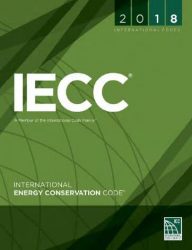
Chapter 8: Water Efficiency
Water Efficiency, as mentioned previously, has a new performance path option– Water Rating Index (WRI). The WRI is a formula based methodology that will be incorporated into the new NGBS construction scoring tools. There is one new mandatory practice requiring pools and spas to have a dedicated meter to measure water supply. Additional credits for water usage metering, low flow kitchen faucets, and commissioning irrigation systems are also available. The 2015 edition’s mandatory item of utilizing a WaterSense professional to plan and implement the irrigation system has been revised to a ‘qualified professional’.
Chapter 9: Indoor Environmental Quality
Indoor Environmental Quality has two new mandatory practices. In addition to the radon mitigation system, post construction testing is required for projects in Radon Zone 1. If testing results are greater than 4pci/l then a fan must be added to the passive radon mitigation system. Microbial growth and moisture inspections to confirm no signs of growth, water damage, or pooling are required by the Green Verifier or other third-party during construction.
Chapter 10: Operations and Maintenance
Operations and Maintenance saw some credits added back in that were mandatory in the previous 2015 version, as well as three new mandatory practices. Training of building owners/homeowners is still required but eight points are available. There is a new subsection for multifamily buildings with required training for whole dwelling mechanical systems. Lastly, a multifamily occupant manual is now required including a NGBS certificate, green building features list, and manuals for occupant operated appliances/equipment.
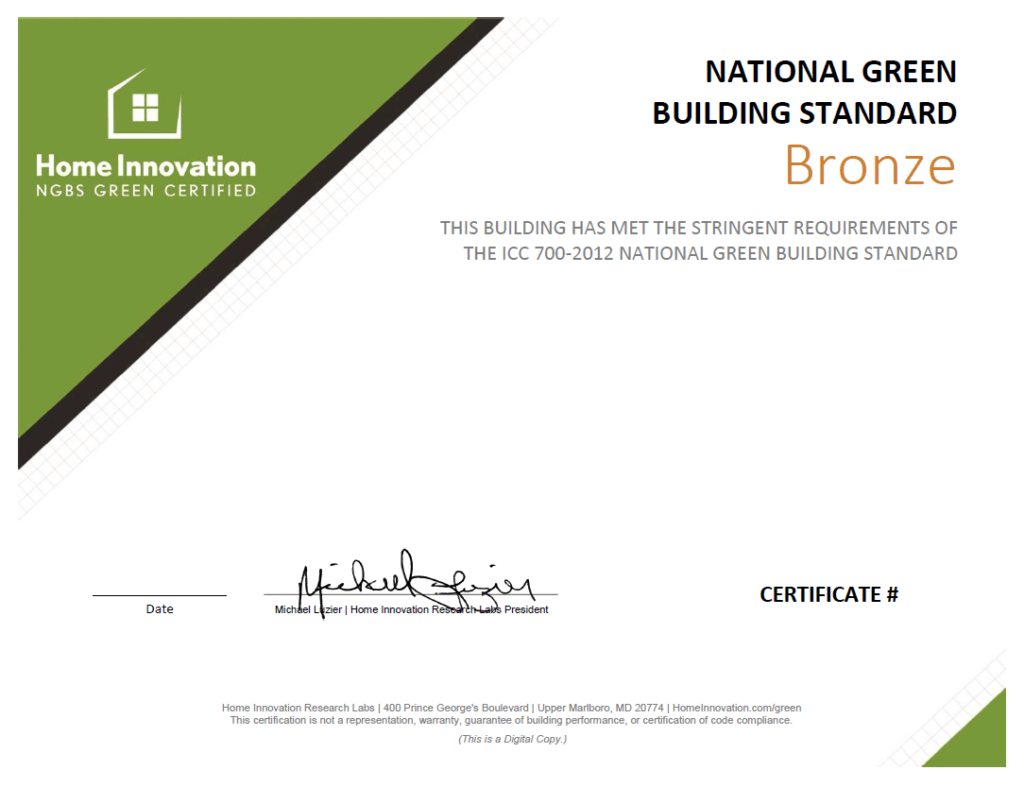
Chapter 13: Commercial Spaces
Certification of nonresidential space within a mixed-use/multifamily development is now available and there are two pathways: Core & Shell and Full Fit Out. All practices are mandatory and the commercial space achieves a single level of certification, designated as ‘certified’ (instead of the traditional Bronze, Silver, Gold, and Emerald tier certifications). The residential space must be certified and can still earn the various certification levels. In other words, the NGBS cannot be used for commercial space only. Residential spaces must be greater than 50% of the gross floor area. New or remodeled buildings including additions are eligible.
Final Takeaways
Overall, the point threshold requirements for certification did not change from the previous edition, the 2015 standard. More credit options were added along with some solid mandatory items that address indoor environmental quality.
If you’ve been using the 2012 standard, the performance testing requirements and energy chapter compliance will be the biggest change. While the Silver Certification Level is more attainable in the 2015 and 2020 version, where the point requirement is lowered to 45 from the 60 points required in the 2012, the energy code baselines have gotten more stringent.
If you’re more familiar with the 2015 standard, the wealth of options in the energy and water chapters will be a welcome change. The 2020 standard has been updated to stay ahead of codes and building practices while improving upon what was the 2015 edition of the program.
If you’re thirsty for more information, we recommend watching the 2020 NGBS Overview Webinar. Michelle Foster, Vice President of Sustainability at the Home Innovation Research Labs, shares a synopsis of the program changes in an hour.
We are also happy to host a virtual AIA accredited training on the NGBS program updates for your team! Let us know how we can best support you.
Our multifamily team has worked with development teams to certify 17,000 dwelling units across the country to the NGBS over the last ten years. It is humbling to think we have an additional 17,000 NGBS units in process. Let us draw on our experience and foresight to navigate the best pathway for your development.
Ready to Get Started?
Schedule a meeting with our green building specialists to review your project goals and challenges.
About Us
North Carolina’s solar power and building performance expert. Founded in 2001, we’ve worked for 20+ years to improve the way people make and use energy.

